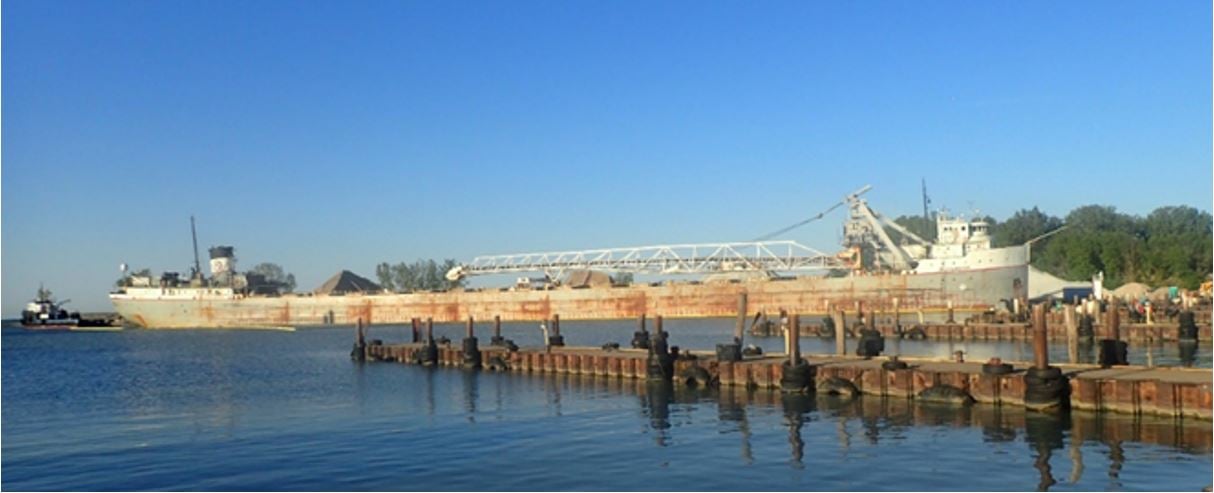Report recognizes 70 outstanding leaders shaping the future of the profession

The highly anticipated Top Women in Safety 2025 report is out, recognizing 70 outstanding female leaders who are shaping the future of occupational health and safety (OHS) in Canada. Released by Canadian Occupational Safety (COS), the report highlights both the achievements of these trailblazers and the challenges women still face in the industry.
Despite progress, gender bias remains a major hurdle. Many women in OHS report being overlooked for leadership roles, facing skepticism about their expertise, and struggling to find proper-fitting PPE. “The most difficult thing about being a woman in OHS is the false belief that we can’t do, or don’t know, as much as men,” one respondent states.
Among the honorees, Adrian Malaryk, project safety manager at Peter Kiewit Sons ULC, emphasizes the importance of influence over enforcement in safety leadership. “We want to make sure that we’re not overbearing and not coming in and mandating; we want to be looked at as resourceful and helpful,” she says.
Colleen Caufield, HSE manager at Jacobs, highlights the importance of tailoring communication for different audiences. “It’s important to be able to tailor that communication and know how to speak to different groups,” she explains.
Jody Young, CEO of Workplace Safety & Prevention Services, points to an increasing demand for psychological safety and workplace violence prevention. “Workplace violence and harassment have become real hazards, particularly post-pandemic,” she warns.
The mining industry, where only 15% of workers are women, remains one of the toughest fields for female safety professionals. Michelle Hruby, director of safety at Conuma Resources, stresses that education and hands-on experience are key. “You have to know your stuff and get boots on the ground,” she advises.
The report also showcases innovations in safety, from wearable tech for heat stress management to expanded mental health programs. Sandra Dorman, director of the Centre for Research in Occupational Safety and Health, is pioneering a new wearable device that alerts workers to dangerous heat exposure. “It’s not just about not dying at work today; it’s about not getting kidney disease and dying early 15 years from now,” she says.
While challenges persist, the momentum for women in safety is growing. “There are way more women in health and safety now than ever before, but we need to keep that momentum,” Young states.
The full report is now available on Canadian Occupational Safety’s website, celebrating the achievements of these industry leaders and pushing for a more inclusive future in OHS.





